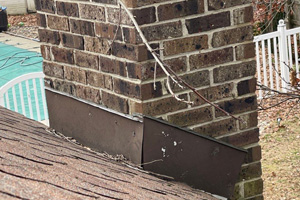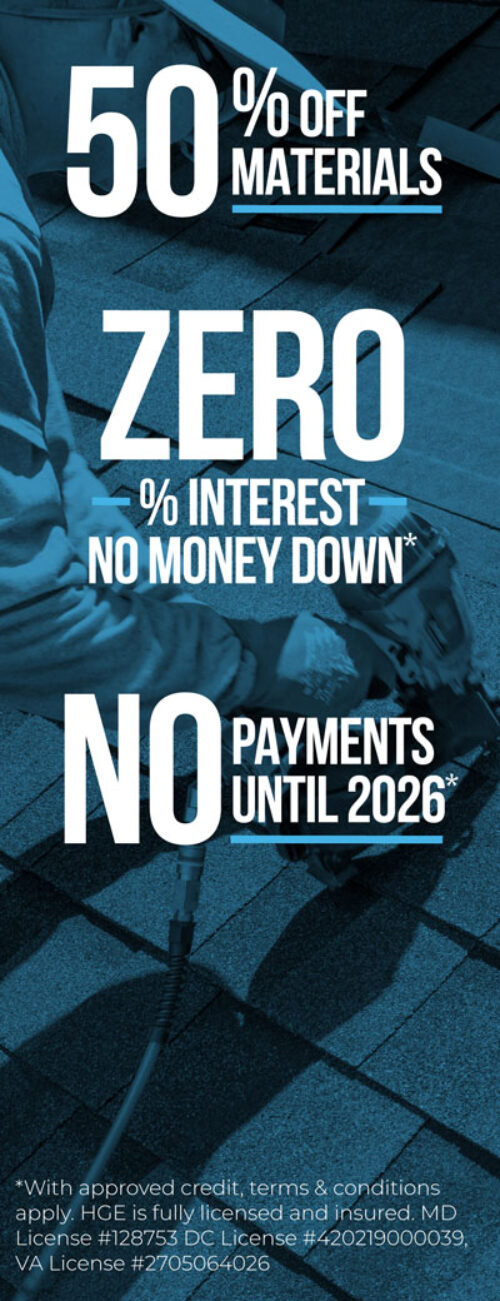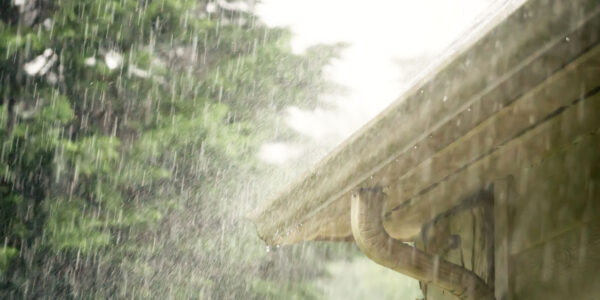
Is Your Home Ready for Spring Showers?
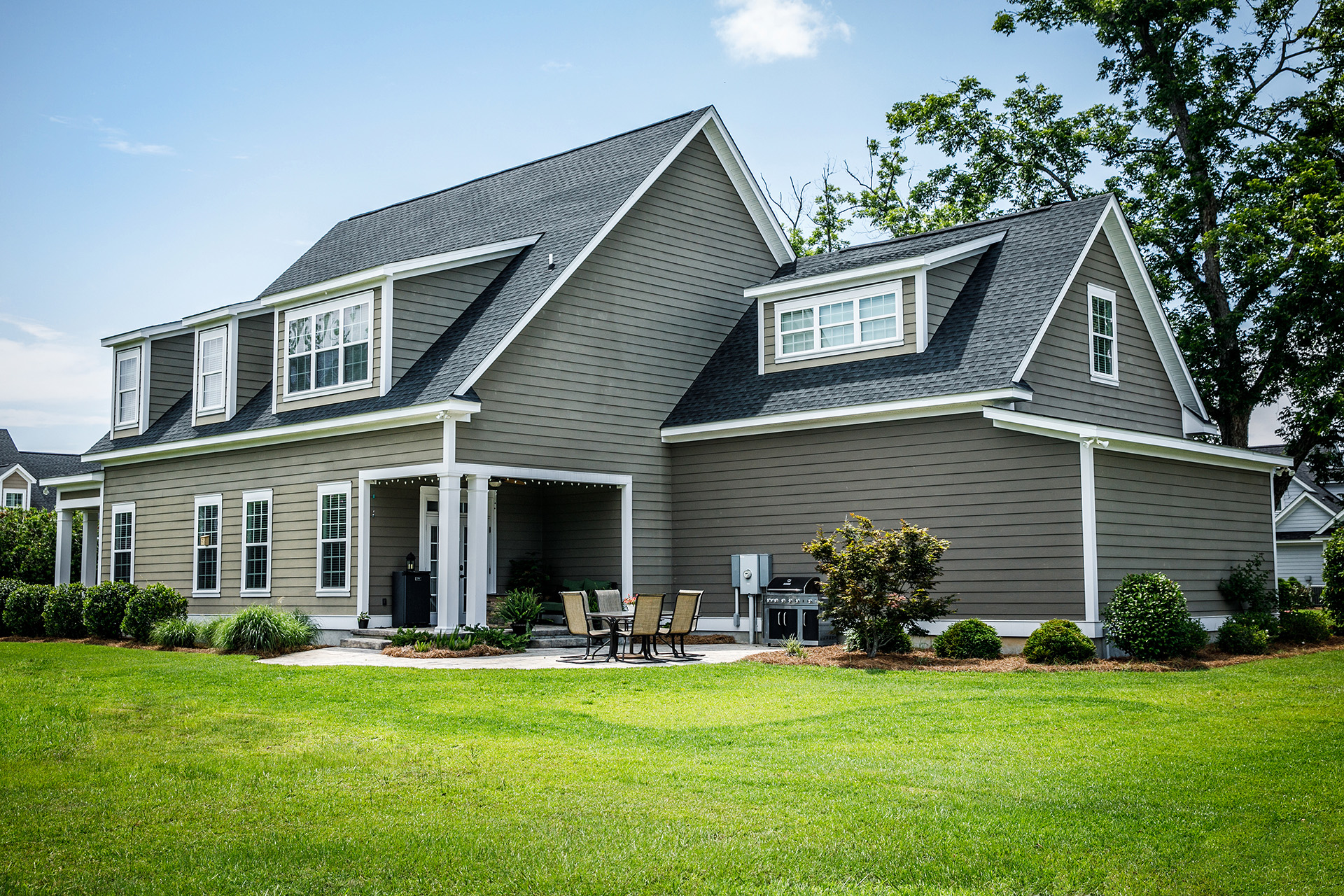
As spring approaches, it is important for homeowners to take the necessary steps to protect their home and property from the potential for heavy rain and inclement weather that often comes with the spring season.
Water can be a significant threat to a home for several reasons. It can seep into cracks and crevices, leading to structural damage, mold growth, and other problems that can compromise the safety and livability of a home. Additionally, water damage can be costly to repair.
Here are three areas of your property that are important to inspect to ensure your home is ready for spring and how to spot any signs of potential problems.
1. Gutters and Downspouts
These components help to direct water away from the foundation of a home, which can prevent water from seeping into the basement and crawlspace and damaging the foundation. It is important to ensure that gutters and downspouts are clear of debris and functioning properly.
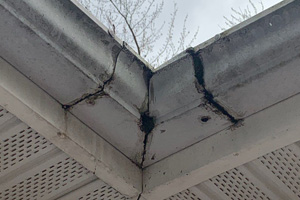
What to look for
Inspect your gutter guards around your home and look for signs they may be full of debris or damaged from inclement weather. Search for any visual damage, such as bent guards or clear spacing between guard sections, and inspect the ground around the downspouts to ensure water is safely traveling away from your home.
2. Siding
Siding helps to protect a home’s exterior from moisture and is the first line of defense for all the materials behind it, from sheathing to sheet rock. However, siding also plays a major role in protecting your home from areas of egress and wall intersections or corners, known as capping.
What to look for
Look for separation between the capping and siding in areas like windows, doors, and transitions in the structure. Gently lifting the capping or siding elements can often expose potential damage behind it. For siding, inspect the panels for any algae growth or chalking (when the paint breaks down from exposure to weather). Most importantly, look for gaps in the seams that can introduce damage from wind-driven rain and water runoff.
3. Roofing
The roof is the most important exterior element of a home when it comes to preventing water damage. A well-maintained roof can prevent water from seeping into the attic or upper floors of a home. It is important to ensure that the roof is in good condition and free of any damage or leaks.
What to look for outside
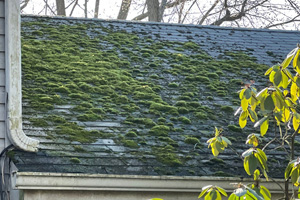
Staining
Shaded areas of the roof have difficulty drying and over time cause water stains, creating opportunities for algae and fungus to grow. It is especially important to check the intersections and valleys of complex roofs to be sure they are clear of debris and free from water damage.
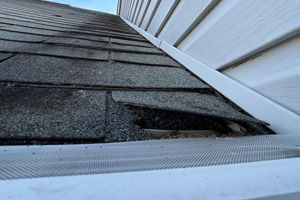
Curled or Missing Shingles
Curled or missing shingles can be a sign of bad ventilation, poor installation, or damage from excessive exposure to cold temperatures. If left unchecked, this can lead to wood damage.
Flashing
Many roofs have openings in them for installations such as pipe ventilation, chimneys, skylights, and dormers (small rooms that project from a roof). These structures require flashing to direct water away from the seams and joints to prevent openings and cracks in a roof. When inspecting your roof, pay attention to these intersections and look for bent or lifted shingles and rusted or damaged pipe collars.
What to look for inside
Cat Eyes
Just as the name states, cat eyes are oblong, dark-colored stains found around roofing nails in the plywood and are a sign of condensation build-up that, over time, can damage the wood.
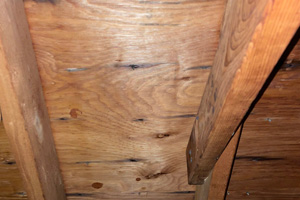
Amber or Calcium Deposits
Inspect your wood joists, trusses, and rafters for visual signs of deposits. Amber-colored beads hint at improper ventilation causing the wood to “sweat.” White stains indicate issues with moisture.
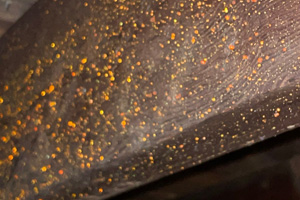
Wood Rot & Active Leaks
Large, dark areas on the plywood indicate recurring water exposure. Traditional water stains visible on your joists, trusses, and rafters point to an active leak in your roof due to damaged or deteriorated underlayment. These are serious issues and should be addressed with urgency.
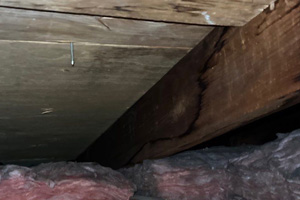
Seeking a Professional
Don’t be afraid to have your home inspected by a professional once or twice a year to make sure it is in good shape. A reputable roofing company is a great place to start, as they should be able to give you an honest assessment of your home’s exterior and provide you with repair or replacement options that meet your needs.
Each year, thousands of homeowners call Home Genius Exteriors because our experts have decades of experience delivering unmistakable quality, world-class communication, and top-rated customer service that turns homeowners into lifelong customers.

